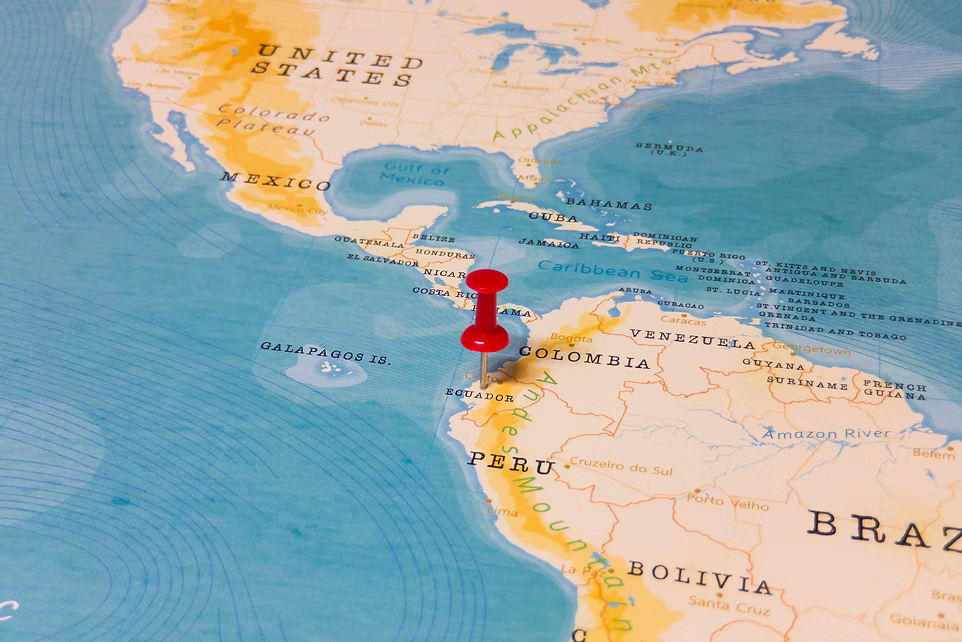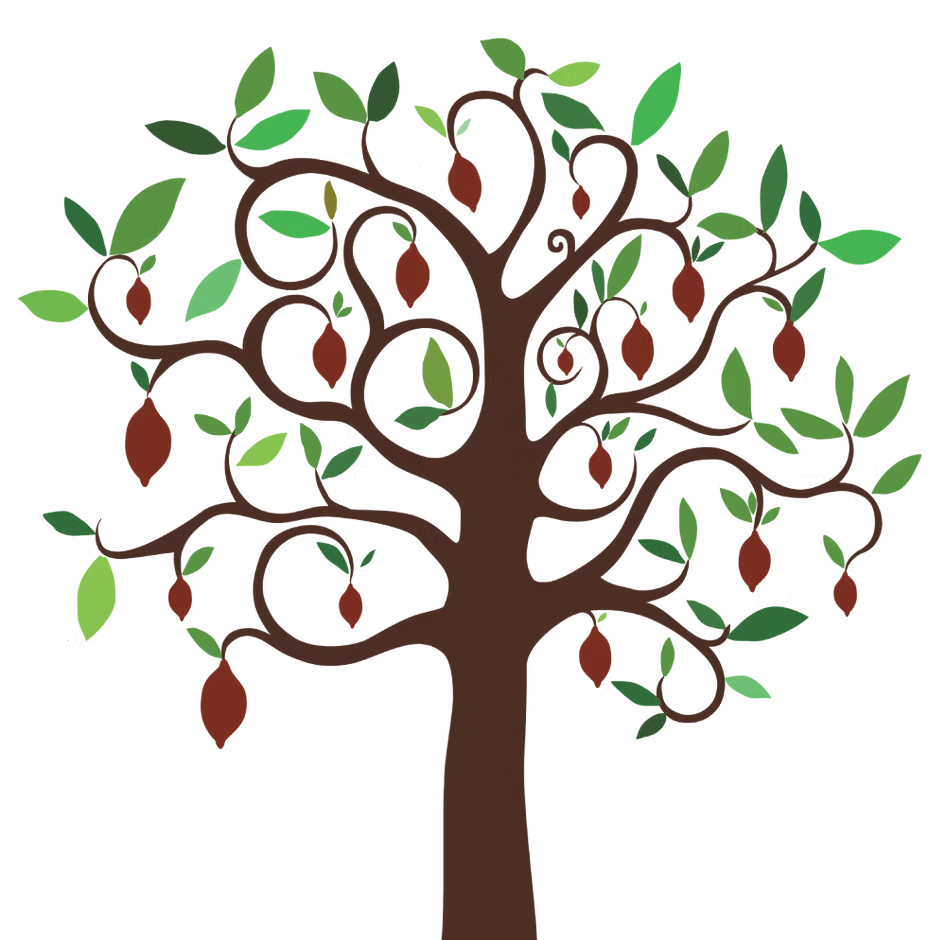All about cacao
The History of Cacao
Cacao's birthplace is in Central and South America, where she's been used both in a sacred and everyday way.
Cacao's birthplace is in Central and South America, where she's been used both in a sacred and everyday way.

The oldest evidence so far of the use of cacao have been found in today's Ecuador, with the Mayo-Chinchipe people (-5500 to -1700 BC).
Traces of theobromine (one of the main components of cacao) were found at both sacred sites and on everyday ceramics.
Evidences were found through the ages and civilisations, with the Mokaya (Mesoamerica), the Olmecs (Pacific coast of Guatemala & Mexico), the Mayans (Central America), the Toltecs (Mesoamerica), and the Aztecs (Mexico), who introduced cacao to the conquistadors in the 16th century.

One of the most fascinating aspects in the origins of cacao is that we're always seeing this dual aspect:
Cacao was used to communicate with the gods, as an offering, but also in everyday life, as a currency or a beverage.
In the Mayan culture, gods were also depicted exchanging cacao, which gave its genus name to the plant:
"Theobroma" means "Food of the Gods" in Greek.
The cacao tree is also depicted as a "Tree of life", serving as a portal between the underworld and the human world and a symbol of rebirth.